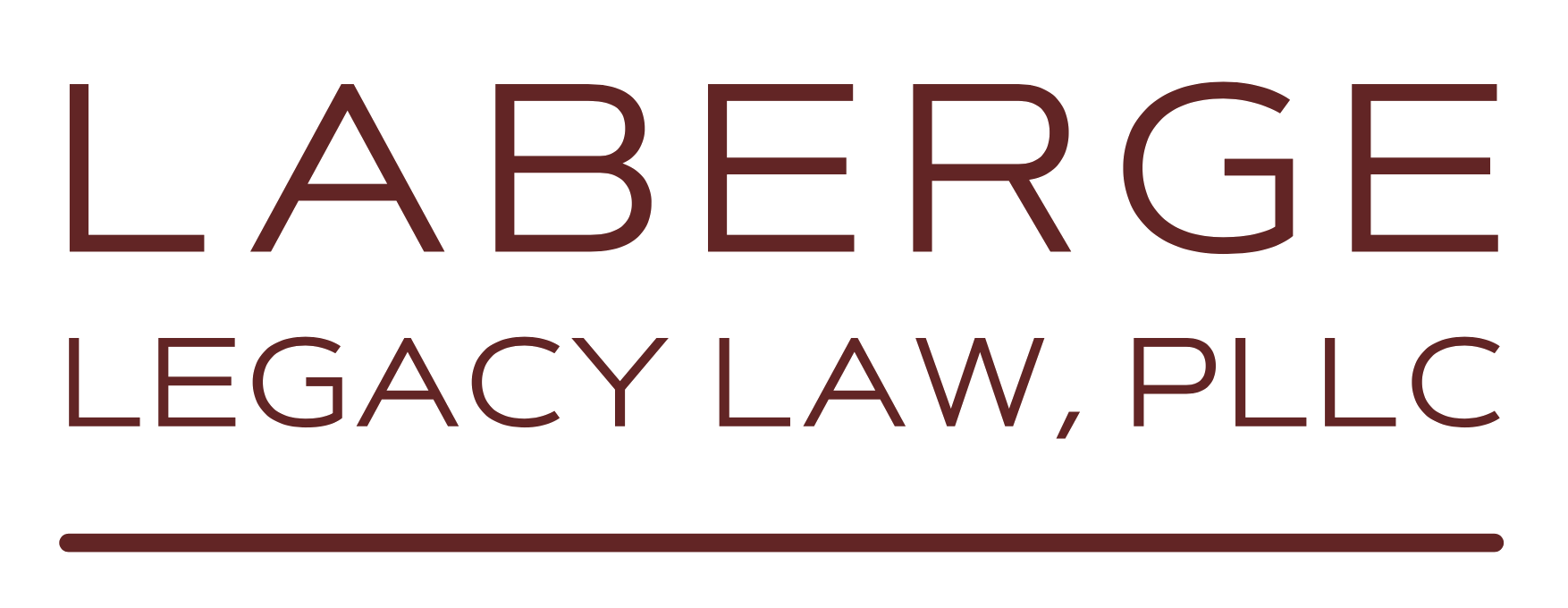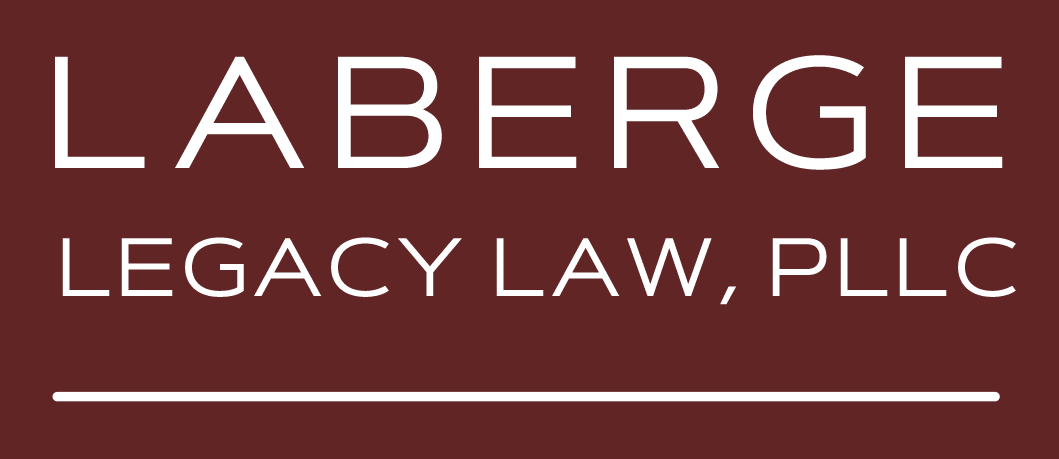CLIENT LOGIN
×Asset distribution considerations for adult children
Determining asset distributions to adult children may require thoughtful consideration by parents, depending upon the parents’ and children’s (and possibly grandchildren’s) unique circumstances and objectives. The following is a broad overview of several common options, to help clients consider what distribution plan might best serve their estate and legacy planning needs and objectives. For purposes of this information, it is presumed that both parents are deceased.
1. Immediate, lump-sum distributions
Children receive their share of the estate outright. This option does not protect against bankruptcy, other creditors, divorce, and various other potential financial catastrophes. Amounts distributed are also included in children’s estates for purposes of calculating their potential estate tax liability.
2. Step-distributions from trusts
Children’s shares are deposited into pooled or separate trusts and then distributed at certain intervals in the children’s lives. As just one example (among a near infinite number), a one-third distribution is made at age 30, one-half at age 40, and the balance at age 55. Within any step-distribution structure, access to trust principal and interest could also be permitted for various needs and purposes, consistent with guidelines established in the trust. Distributions could also be prohibited upon the occurrence of certain events or circumstances. Once distributions are made, however, no creditor or other protection is available.
3. "Conditional" trusts
Children’s shares are deposited into pooled or separate trusts and are then distributed at the trustee’s discretion according to various trust guidelines, which could include various incentives consistent with the parents' values and objectives. Guidelines and incentives could include distributions for the children’s health and various financial support needs, and activities consistent with values such as ongoing education of all types, a substance abuse-free lifestyle, a strong work ethic, family stability, financial responsibility, and service or missions projects, to name a few. Further, trusts can provide significant protection from children's creditors, bankruptcy, divorce, etc. - in view of life's never-ending uncertainties. Trusts can also last for the duration of children’s lives, and could continue for the benefit of the next generation. Finally, a proper on-going trust can effectively reduce their children's taxable estates (for estate tax purposes).
4. Any combination of above
The above options are not exclusive of each other. An estate plan could always contain components of each.
Of course, there is no one-size-fits-all option; any might be most appropriate. The point is to consider the pros and cons of various options, and to at least consider the potential benefits of each. Whether it's through outright distribution or a wide variety of trusts, how parents ultimately and specifically decide to distribute their assets depends upon an array of factors, including the size of their estate, their philosophy about money, the ages, personalities and habits of the adult children, and a host of other considerations.
©2015. LaBerge Legacy Law, PLLC. All rights reserved.
This article is provided for general informational purposes. It is not intended to be, nor should it be regarded or relied upon, as legal advice. Due to space limitations, and the wide variety of individual circumstances, some information is necessarily incomplete. Readers should personally consult a qualified estate planning attorney for legal advice applicable to their unique situation. Please see this site's disclaimer for additional information.
ADDRESS
1100 IDS Center
80 South 8th Street
Minneapolis, MN 55402
PHONE
LaBerge Legacy Law, PLLC


